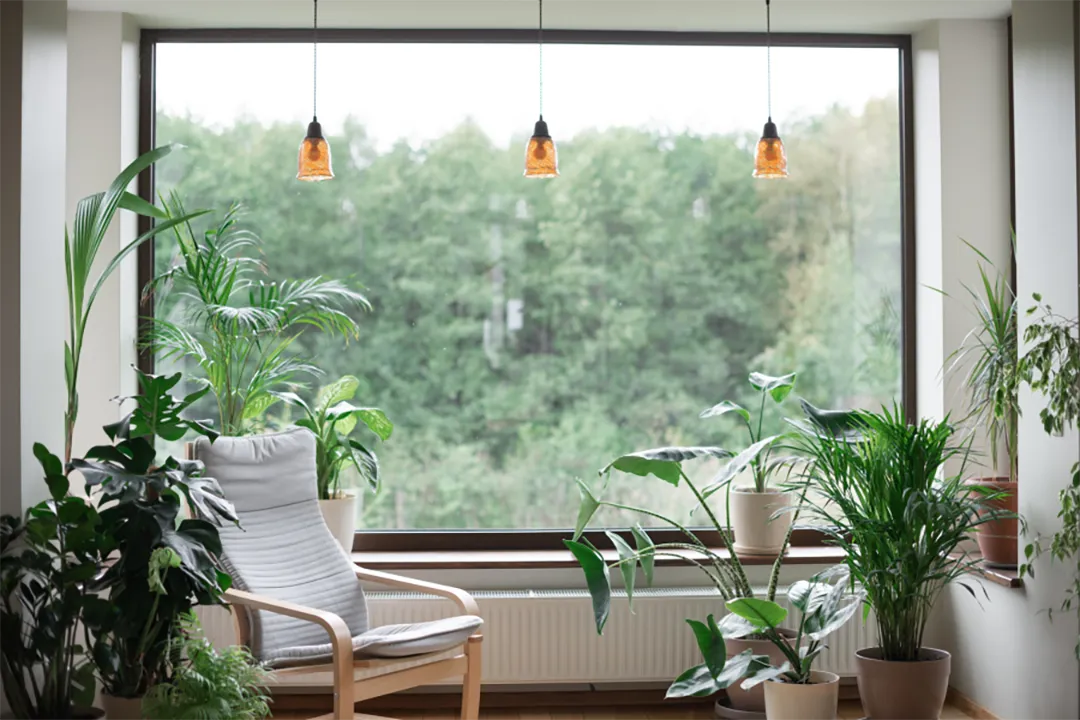
Biophilic design and biomorphic design are both rooted in the idea of connecting people to nature, but they approach this goal in different ways.
The gist of biophilic design
Biophilic design focuses on integrating natural elements into spaces to amplify the positive connection between humans and nature. The goal of biophilic design is to improve well-being, reduce stress, enhance creativity, and promote overall health by bringing nature into everyday spaces.
Biophilic design experts draw from three areas of focus when bringing nature indoors: experiencing nature directly, experiencing nature indirectly, and using spatial layouts to create spaces that mimic the richness of the outdoors.
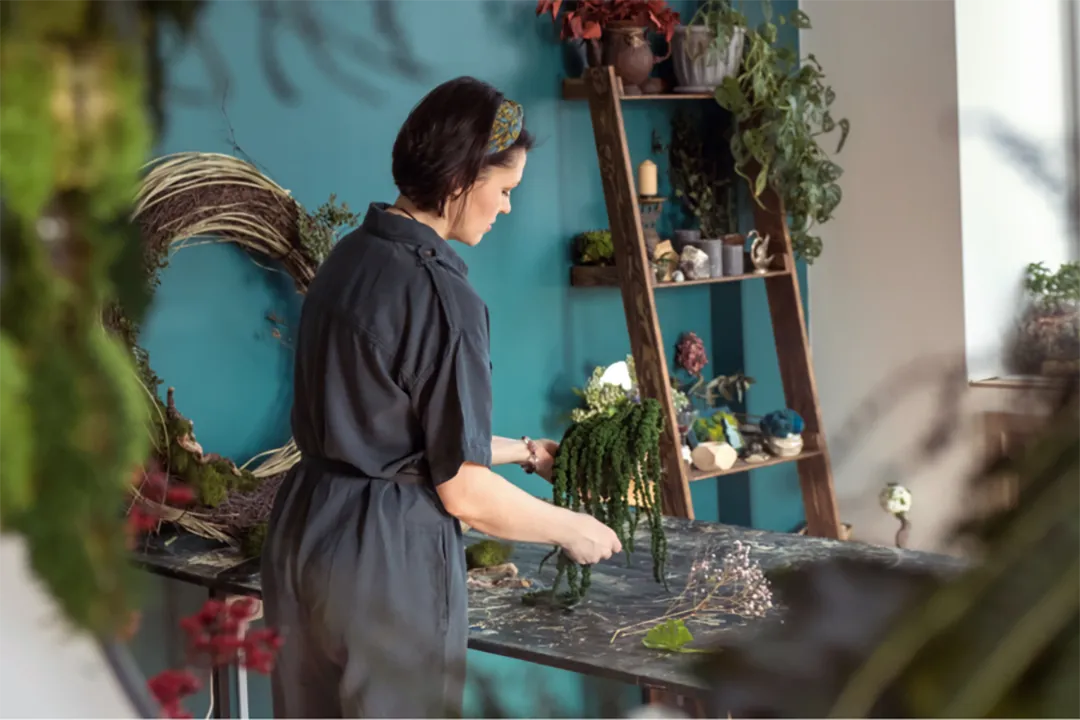
Three fundamental ideas fuel biophilic design experts
The first key component of biophilic design is known as the “direct experience of nature.” This refers to having actual, tangible contact with natural elements, which facilitates an immediate connection to the outdoor world. For instance, skylights maximize our exposure to natural daylight, living walls fill our spaces with live greenery, and fountains provide us with the soothing sight and sound of moving water. Direct experiences of nature may include incorporating animals and natural landscapes in man-made environments, such as background music with bird calls and rainfall, enclosed desertscapes, and indoor rock gardens.
The second way design experts enliven spaces is through the “indirect experience of nature.” This aspect of biophilic design involves using materials that evoke the presence of nature without the actual natural element. For example, designers may use nature-inspired color schemes like earth tones and warm greens to create a calming and organic atmosphere. They may choose wooden chairs over plastic ones and rugs made of natural fibers rather than polyester blends. Paintings or sculptures that depict landscapes, animals, or other outdoor scenes also represent indirect experiences of nature.
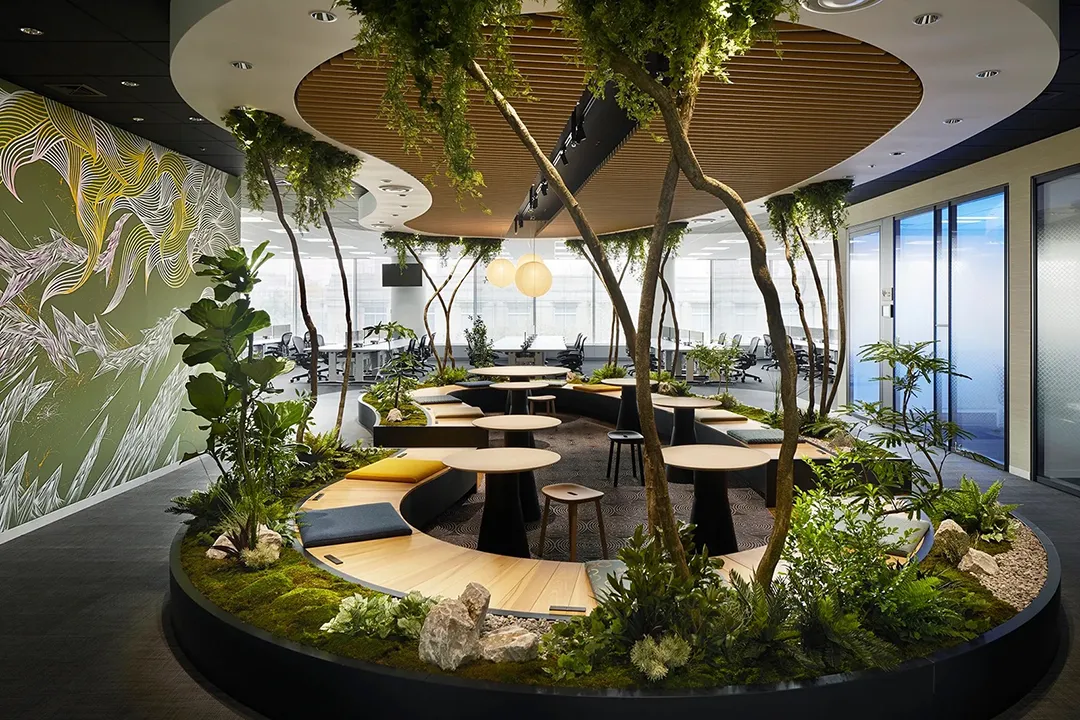
The third area of focus involves spatial arrangements. When it comes to biophilic design, designers focus on configuring spaces in ways that mimic the complexity, diversity, and sensory abundance of nature. Open room layouts, intentional views of nature, and transition areas between indoors and outdoors create spaces that elicit full sensory experiences. Here are more specific examples:
- Refuge spaces: Using natural elements to create cozy, protected spaces that give people a sense of safety and relaxation, similar to sheltered spots in nature (consider alcoves and seating nooks).
- Prospect: Offering wide, expansive views and sightlines of nature, similar to vistas in nature, which give a sense of openness and opportunity.
- Mystery and exploration: Designing nature-infused environments that encourage curiosity and exploration, with winding paths and hidden areas that evoke the feeling of discovery.
Looking for Biomorphic Design?
While we don’t offer biomorphic design services, our biophilic design solutions bring the true essence of nature indoors. Experience living walls, natural light, and plant installations that transform spaces and well-being.
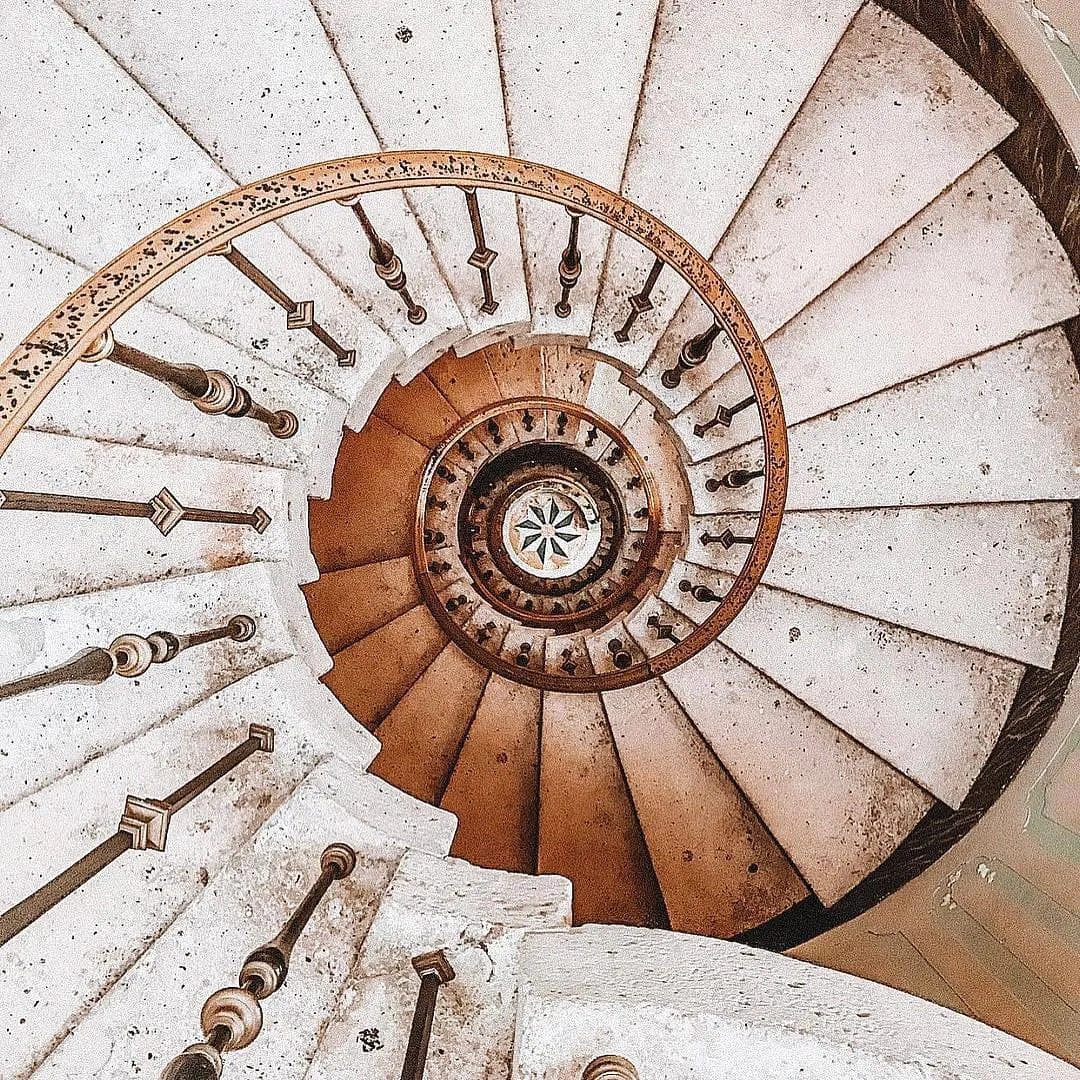
The gist of biomorphic design
Biomorphic design, on the other hand, is more focused on mimicking the forms, figures, and structures found in nature. It does not necessarily include actual natural elements. Biomorphic design aims to evoke a sense of nature by using organic shapes, curves, and patterns inspired by living organisms and natural systems. Three key ideas that inspire biomorphic design are organic forms, patterns and textures, and nature-inspired structures.
Organic forms include curves and shapes that resemble natural elements like shells, tree branches, or cellular structures. A focus on patterns and textures involves using repetitive designs found in nature, such as fractals, honeycomb-like patterns, or the spiral of a nautilus shell. Nature-inspired structures use natural systems as inspiration for design, such as architecture inspired by the strength of a spider’s web or the efficiency of a honeycomb structure. Consider these examples of biomorphic design:
Furniture that features curved, flowing lines resembling waves.
Concrete pavers that mimic the texture of leaves, scales, or tree bark.
Building structures inspired by the branching of trees or the veins in a leaf.

Three things that distinguish biophilic design from biomorphic design
The first difference involves their use of natural elements. Biophilic design incorporates actual natural elements such as plants and water, while biomorphic design mimics nature’s forms, shapes, and patterns without involving real natural components.
The second key difference is their goal. Biophilic design aims to connect humans with nature for mental and physical well-being. Biomorphic design is more about aesthetics and creating visual or structural references to nature’s forms for beauty or functional efficiency.
The third way biophilic design differs from biomorphic design is related to sensory experience. Biophilic design usually engages multiple senses (sight, sound, touch, and smell) through the presence of actual nature (plants, water, light, etc.). For the most part, biomorphic design is visual, focusing on the look and structural integrity rather than the presence of nature itself.
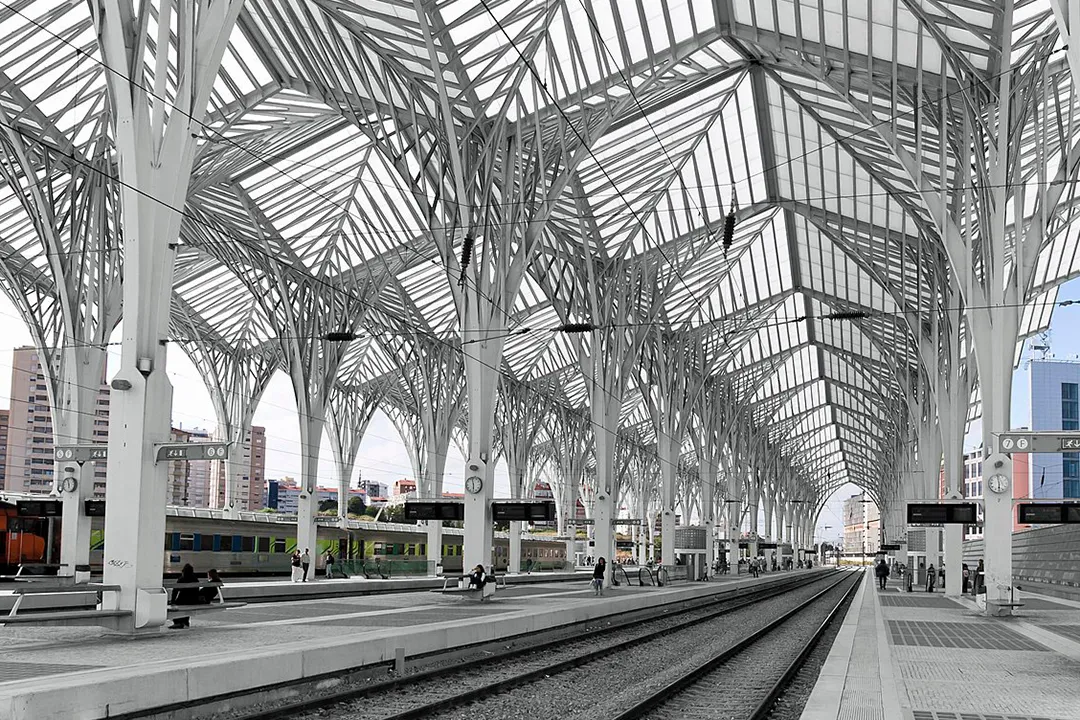
The difference between biophilic design and biomorphic design at a glance
In summary, biophilic design integrates nature and natural elements into built environments, fostering a direct connection with the natural world. Biomorphic design takes inspiration from nature to create materials, objects, and buildings that may not include real natural elements. Both approaches contribute to creating more organic and human-centered spaces, but they do so in different ways.
Biophilic design: Nature’s real touch
Biomorphic design takes inspiration from nature, but biophilic design brings it to life. Connect with us to explore biophilic solutions that immerse your environment in nature’s textures, light, and greenery. Contact us today!
